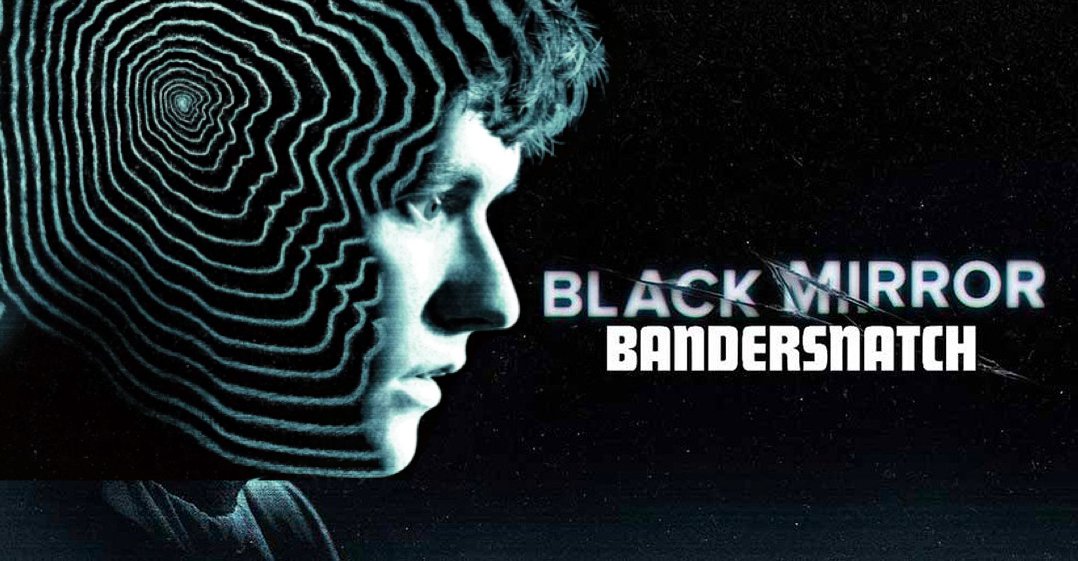I’ve always been a fan of Black Mirror. Every episode has appealed to my futuristic techie self, as I think it truly gives us a glimpse into what the tech world could look like if we make the wrong choices.
Speaking of choices, if you haven’t watched Bandersnatch, the latest Black Mirror instalment, then head over to Netflix and check it out.
It is – by far – the best example of digital storytelling I’ve seen for a few years.
Back in 2014, I spoke at the DMX Dublin conference about how storytelling was changing digital marketing. One of my final slides in that presentation was what the future holds for digital storytelling.
“Imagine going to the cinema, watching TV or reading a book where you get the chance to choose the ending.”
I could see a few smirks in the audience as I finished my presentation.
Fast forward 4.5 years, and Bandersnatch validated my future prediction. Bandersnatch doesn’t just let you choose the ending. It is an interactive TV show from start to finish. From choosing what to have for breakfast between Sugar Puffs and Frosties (the latter, obviously), you get the chance to make over 50 different choices which lead to one of 5 endings.
Very, very impressive.
So why does it rock from a digital storytelling perspective? Well, let’s start with the definition of transmedia storytelling:
“Transmedia storytelling is the technique of telling a single story or story experience across multiple platforms and formats using current digital technologies…it involves creating content that engages an audience using various techniques to permeate their daily lives. In order to achieve this engagement, a transmedia production will develop stories across multiple forms of media in order to deliver unique pieces of content in each channel. Importantly, these pieces of content are not only linked together (overtly or subtly), but are in narrative synchronization with each other.”
Whilst the only form of media here is video, Bandersnatch ties everything else together with Netflix. If you start watching the episode on your TV, you can pick up where you left off on a mobile or tablet.
To take that even further, Bandersnatch isn’t simply a video file that you stream on Netflix like other TV shows, films or documentaries. It is written in a programming language called Twine, which makes the interactive bits, well, interactive.
Try watching Bandersnatch on a games console such as a PS4. The controller gives you vibration feedback when you select a choice, which is both very cool and very creepy!
Most importantly, it ticks all the boxes when it comes to the building blocks of digital storytelling: Interaction, Integration, Immersion, Impact.

Let’s break that down:
Immersion – users get the choice to find out more about the main character Stefan, his past and his addiction to Bandersnatch.
Interactivity – users get the chance to interact with the episode and make different choices which creates a path to one of 5 endings.
Integration – Bandersnatch is especially clever as it integrates you, the viewer, into the episode. Spoiler alert, but you pretty much get the chance to interact with Stefan and tell him your making his choices for him through Netflix.
Impact – does the content drive the viewer to take an action? Yep, clicking those interactive button choices.
If you’ve not seen Bandersnatch, grab some popcorn and enjoy the ride. Here’s the trailer to give you a taste of what to expect:
Comments(2)
- Pingback: Digital Storytelling: Is Yor Brand Geared Up To Tell Stories - novel.
- Pingback: 7 Of The Best Examples Of Digital Storytelling – novel.

Leave a Comment